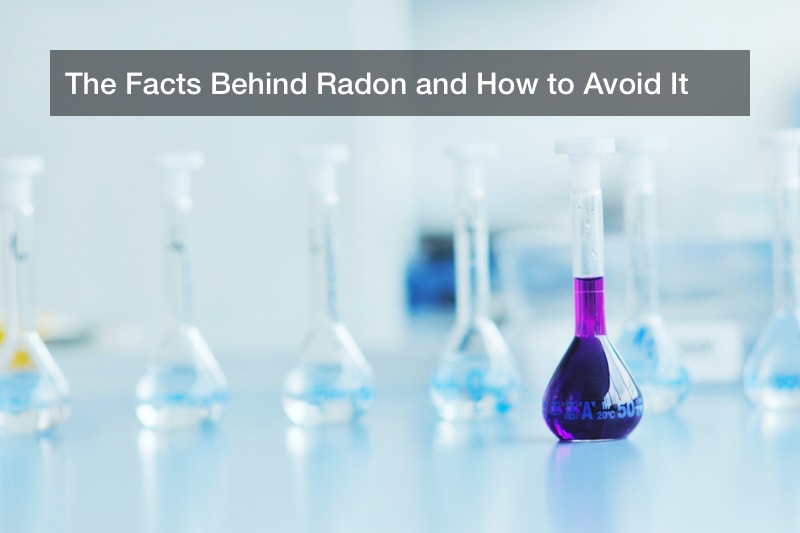Radon is a gas that is colorless, odorless, and very harmful to those who are exposed to larger quantities of it. There are small amounts of it present in the air we breathe, but it is when these fumes get trapped in your home that you face the most risk. Why is this gas dangerous? Well, it is known to increase one’s chances of getting lung cancer significantly. In fact, according the Surgeon General, radon is one of the leading causes of lung cancer in the United States, coming second only to smoking.
Another place these fumes are found is the soil. This is where homeowners can face risk of exposure, as the radon from the soil can enter a home, depending on how the house is designed and how it reacts to the soil beneath it. Unfortunately, around 1 out of every fifteen homes in the United States is likely facing levels that are at or above what the EPA considers safe.
Lung Cancer Statistics
As stated previously, high radon levels dramatically increase one’s chances of getting lung cancer. In fact, for every 100 Bq/m over the recommended level, the chance of getting sick increases by 16%. If radon levels in homes were consistently checked and lowered, scientists estimate that deaths due to lung cancer could drop significantly. How much? Around 2 – 4% or approximately 5,000 deaths.
According to research done by both the United States Environmental Protection Agency and the Surgeon General’s Office, around 20,000 deaths every single year are caused by lung cancer that was brought on my radon. As you can see, doing everything possible to decrease this number can impact countless families and make a huge impact on the world.
Avoiding Exposure
If you are concerned about radon in your home, invest in radon mitigation and abatement services as soon as possible. The company you trust can perform crawl space sealing, sump pump installations, and sump pump excavation services, as needed, ensuring your home is better protected, no matter what.
Short-term tests are done initially, lasting anywhere between 2 to ninety days. If higher than normal levels of radon are discovered, longer-term tests will be completed, which last over 90 days and take other factors into account, like windy days, snow cover, air flow, and more, all of which may be affecting radon levels.
There’s no time like the present to have your levels checked. Improve the safety of your home today by calling in an expert team to help you out.
The Facts Behind Radon and How to Avoid It
